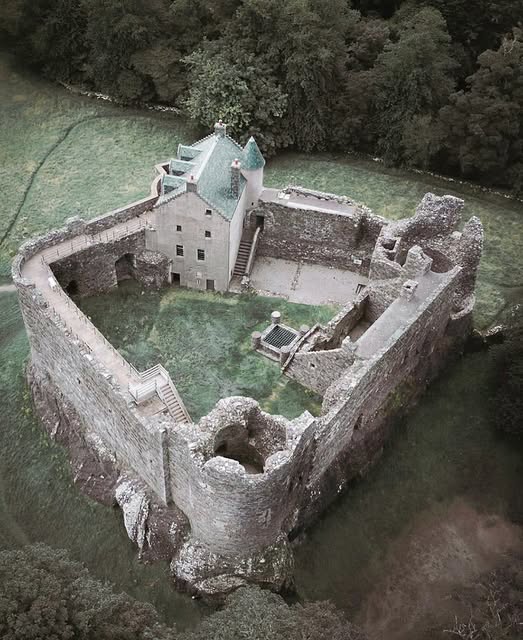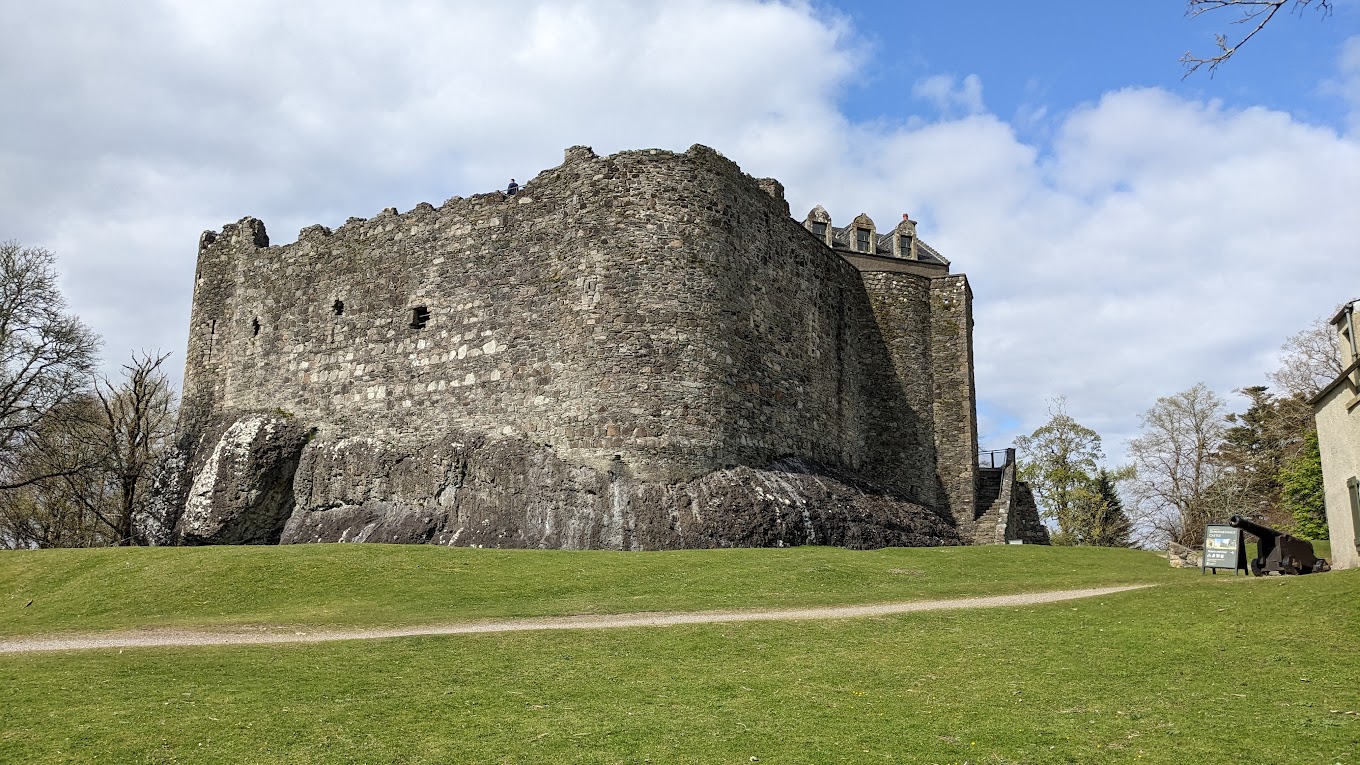Dunstaffnage Castle, a majestic fortress overlooking Loch Etive, stands as a powerful testament to Scotland’s rich and often tumultuous history. Its strategic location, ancient origins, and enduring presence make it a captivating site for historians and visitors alike.
A Fortress Forged in History:
Dunstaffnage Castle’s origins trace back to the 13th century, solidifying its place among Scotland’s oldest stone castles.
- MacDougall Lords of Lorn:
- Initially constructed by the formidable MacDougall lords of Lorn, the castle served as a symbol of their power and authority in the region.
- Its strategic location, perched on a rocky promontory, provided excellent defensive capabilities.
- Clan Campbell’s Legacy:
- Later, the castle fell into the hands of Clan Campbell, who have maintained ownership since the 15th century.
- This enduring connection to a single clan highlights the castle’s significance in Scottish clan history.
- Hereditary Captains:
- Remarkably, the tradition of a hereditary Captain of Dunstaffnage persists to this day, though they no longer reside within the castle walls.

- This unique tradition underscores the castle’s continued relevance in Scottish heritage.
- Remarkably, the tradition of a hereditary Captain of Dunstaffnage persists to this day, though they no longer reside within the castle walls.
A Strategic Stronghold:
Dunstaffnage Castle’s location made it a crucial strategic fortress in medieval Scotland.
- Natural Defenses:
- Surrounded by the sea on three sides, the castle possessed formidable natural defenses.
- Its elevated position allowed for commanding views of the surrounding area, facilitating early detection of potential threats.
- Witness to Conflict:
- The castle has witnessed numerous battles, sieges, and shifting allegiances throughout its long history.
- Its massive stone walls, though weathered by time, stand as a testament to its resilience.
- Preservation and Recognition:
- Since 1958, Historic Scotland has cared for the castle and its adjacent chapel, ensuring their preservation for future generations.
- Both are recognized as Scheduled Ancient Monuments, acknowledging their historical and cultural significance.

A Name Etched in Time:
The castle’s name itself reflects the blending of Gaelic and Norse influences that shaped Scotland’s history.
- Gaelic Origins:
- “Dun” is a Gaelic word meaning “fort,” indicating the castle’s primary function.
- Norse Influence:
- “Stafr-nis,” derived from Old Norse, translates to “headland of the staff,” referencing its location.
- This linguistic fusion mirrors the complex interplay of cultures that have shaped Scotland’s identity.
- A Microcosm of Scotland’s History:
- The castle’s name, like its history, embodies the confluence of Gaelic and Norse traditions that define Scotland.
- It serves as a tangible link to the nation’s past, reminding visitors of its rich and diverse heritage.
Dunstaffnage Castle, with its ancient walls and captivating history, offers a glimpse into Scotland’s medieval past. Its enduring presence serves as a reminder of the nation’s resilience and the enduring power of its heritage.

CÁC TIN KHÁC
Mary Walton: The Forgotten Inventor Who Helped Clean Up America’s Cities
Tomb of Queen Nefertari in the Valley of the Queens, Egypt
Discover the Hypostyle Hall of the Temple of Hathor at Dendera
Venus de Losange: Unveiling the Mystery of a 20,000-Year-Old Paleolithic Icon